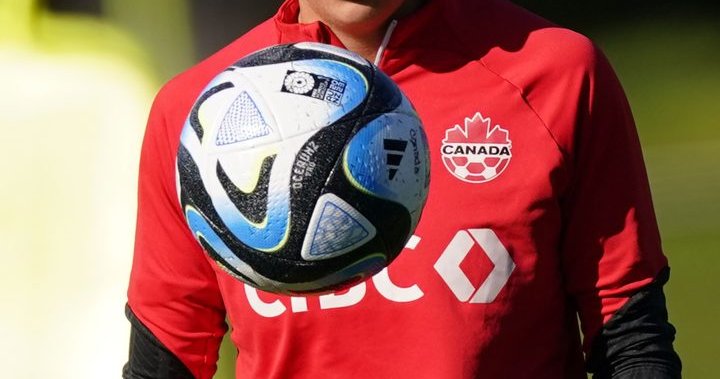The FIFA Women’s World Cup is already making waves, but the journey to Thursday’s kickoff hasn’t been without challenges. Nevertheless, the focus now is on football, and Canada coach Bev Priestman believes that the expanded tournament in Australia and New Zealand will provide immense entertainment and drama across nine host cities. With a 32-team World Cup in this part of the world, there are plenty of firsts, making it an exciting event to witness.
This tournament is the largest Women’s World Cup ever and marks the first time it is being held in the Southern Hemisphere. FIFA has already boasted record attendance, surpassing the mark set in Canada in 2015 with close to 1.4 million tickets sold. Tickets have been purchased in 182 different countries, with Canada ranking in the top 10 in terms of sales.
The number of participating teams has steadily increased over the years, with 12 teams in 1991, 24 in 2015, and now 32. This year, several teams, including Portugal, Ireland, and Panama, are making their debut. However, history suggests that newcomers often struggle in their first tournament. Out of the 17 teams that debuted this century, only three managed to reach the knockout rounds.
It hasn’t been an easy journey off the field either. Women’s football has faced challenges, from equal pay to appropriate gear. While FIFA has increased the prize money to $110 million, it still lags behind the $440 million awarded at the men’s tournament. Although progress has been made, there is still much more that can be done to support the growth of the women’s game.
FIFA president Gianni Infantino has expressed his goal of achieving equal prize money at the 2026 Men’s World Cup and 2027 Women’s World Cup. Each participating player in the Women’s World Cup is guaranteed a minimum payment, with the amount increasing for players on the winning team. However, there is currently no mechanism in place to ensure that the money goes directly to the players.
While Canada battles for equality and support, other teams from England, France, Nigeria, and Spain have also faced challenges with their federations. Australia’s Matildas have raised concerns about gender equity and the lack of fair treatment for teams without collective bargaining agreements.
The tournament features both established stars like Christine Sinclair and rising talents like Olivia Smith. However, some marquee names have been sidelined due to anterior cruciate ligament injuries. Despite the absences, the growth in women’s football promises a highly competitive and unpredictable tournament.
In the past, the U.S. and Germany have dominated the Women’s World Cup, but now there is a sense of change. Priestman believes that any top-10 team playing against each other can produce unpredictable results, making the tournament wide open. With the different challenges faced by teams, travel, injuries, and lack of flow, it’s difficult to predict who will go all the way.
Overall, the FIFA Women’s World Cup is poised to deliver an exciting and groundbreaking tournament, with record attendance and a more competitive landscape than ever before.
Denial of responsibility! VigourTimes is an automatic aggregator of Global media. In each content, the hyperlink to the primary source is specified. All trademarks belong to their rightful owners, and all materials to their authors. For any complaint, please reach us at – [email protected]. We will take necessary action within 24 hours.


